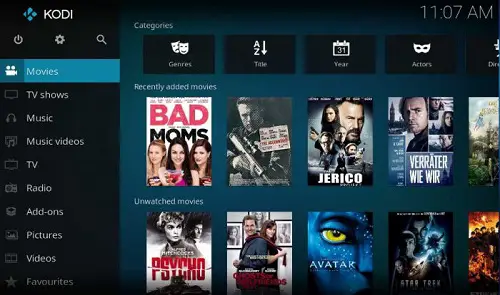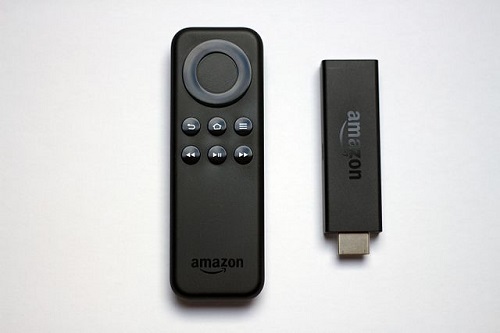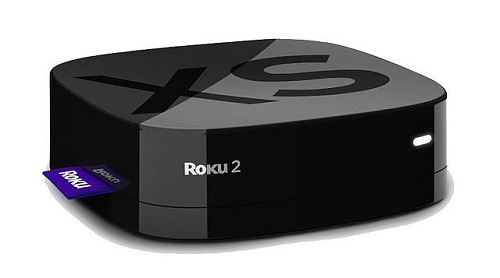Those who remember managing CDs and DVDs will appreciate the advantages of having a digital media library, without racking and stacking discs, swopping them out, and keeping them unscratched and clean.
Today, with such a wide variety of movies and music, there are a lot of choices when it comes to apps, platforms, and devices that can store, and help manage access to local and online media content.

What is Kodi?
- Kodi is a free, open-source, media center software application specifically designed for home networks to manage storage, sharing, and the display of content across multiple devices.
- Out-of-the-box content is not provided and accessibility to online content is supported, through third party add-ons required for online/live streaming services, as well other features to extend the user experience.
What is Fire Stick?
- Amazon’s Fire Stick (like Roku) is part of a new range of electronics known as “Streaming TV Sticks” that provide high performance accessibility to online media content, with hardware specifications starting from 1GB memory and 8GB for storage.
- It is a portable device (not much larger than a flash drive), used to transform most digital TVs into Smart TVs using an HDMI connection. It has a separate remote control and promotes Amazon Instant Video as the default service to access online content.
Similarities
- Kodi and Fire Stick allow access to content such as videos, music, movies, and images, between connected devices.
- Both have user-friendly interfaces to manage the catalog of content, however Fire Stick provides a more graphically rich interface.
- Kodi can be installed on the Fire Stick as a media manager application.

The Main Difference between Kodi and Fire Stick
- Fire Stick is a portable, high-end performance device manufactured by Amazon to provide high speed online access to media and live streaming. It has a separate remote control, whereas Kodi is a software application and needs to be manually configured on a device to be used as a remote control.
- Like Fire Stick, Kodi manages media libraries, but it does not distribute any related hardware like Amazon.
- Kodi supports remote functionality but requires additional add-ons to extend to online services, whereas Fire Stick provides access to media content instantly, based on purchased bundles.
Distributed Content
- Kodi is versatile and can run on many platforms but does not come installed with any access to content, which is populated manually by the users.
- Fire Stick is a streaming media player, to manage and play movies, music, games online with the ability to manage locally stored media too.
Summary
Amazon Fire Stick is bleeding-edge technology for a single, portable device to provide online streaming and media access and sharing (at a cost), whereas Kodi is free, open-source software to manage media within a home network environment.
Kodi was initially used by more technically minded users who could customize media players on platforms other than Windows or Apple, but it is becoming a lot more mainstream. It may seem to be a fairly basic app but there are powerful functions and features available in its’ simplicity.
Although the Fire Stick is Amazon-centric, it is customizable for favorite channels with several advanced features that cannot be compared with Kodi’s basic interface.
Both offer a cord-cutting service to steer away from traditional cable services.
Author: Gillian Douglas
Content Developer specialized in video production and editing, creative and technical writing, logo and web design, UI design and software testing.












Leave a Reply